The Physical Identity and Access Management (IAM) Market is currently characterized by a dynamic competitive landscape, driven by technological advancements and an increasing emphasis on security solutions. Key players such as ASSA ABLOY (SE), Allegion (US), and Honeywell (US) are at the forefront, each adopting distinct strategies to enhance their market positioning. ASSA ABLOY (SE) focuses on innovation through the development of smart locks and integrated access solutions, while Allegion (US) emphasizes regional expansion and partnerships to broaden its product offerings. Honeywell (US) is leveraging digital transformation initiatives to enhance its security solutions, indicating a collective shift towards more sophisticated, technology-driven offerings that shape the competitive environment.
In terms of business tactics, companies are increasingly localizing manufacturing and optimizing supply chains to enhance efficiency and responsiveness to market demands. The competitive structure of the Physical IAM Market appears moderately fragmented, with several key players exerting influence. This fragmentation allows for a diverse range of solutions, catering to various customer needs while fostering innovation through competition.
In August 2025, ASSA ABLOY (SE) announced a strategic partnership with a leading technology firm to develop advanced biometric access solutions. This collaboration is poised to enhance ASSA ABLOY's product portfolio, aligning with the growing demand for secure and user-friendly access management systems. The strategic importance of this partnership lies in its potential to position ASSA ABLOY as a leader in biometric technology, thereby attracting a broader customer base.
In September 2025, Allegion (US) launched a new line of cloud-based access control systems aimed at small to medium-sized enterprises. This initiative reflects Allegion's commitment to democratizing access management solutions, making them more accessible to a wider audience. The launch is significant as it not only expands Allegion's market reach but also addresses the increasing demand for scalable security solutions in a rapidly evolving digital landscape.
In October 2025, Honeywell (US) unveiled an innovative AI-driven security platform designed to integrate seamlessly with existing infrastructure. This platform aims to enhance real-time monitoring and threat detection capabilities. The introduction of this technology underscores Honeywell's focus on integrating artificial intelligence into its offerings, which is likely to set new standards in the industry and enhance competitive differentiation.
As of October 2025, the most prominent trends shaping the competitive landscape include digitalization, sustainability, and the integration of artificial intelligence into security solutions. Strategic alliances are increasingly pivotal, enabling companies to pool resources and expertise to innovate more effectively. Looking ahead, competitive differentiation is expected to evolve, with a pronounced shift from price-based competition towards innovation, technological advancement, and supply chain reliability, suggesting that companies that prioritize these areas will likely emerge as leaders in the Physical IAM Market.



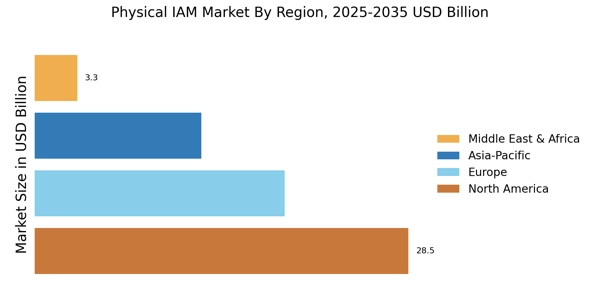

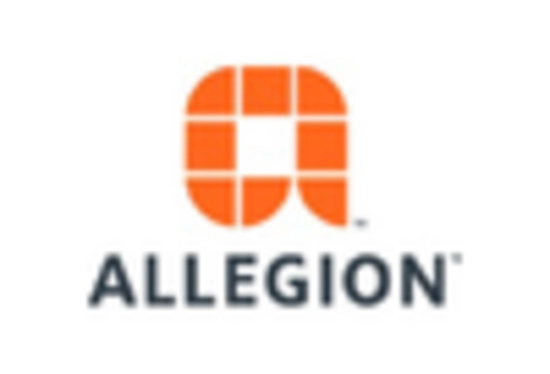
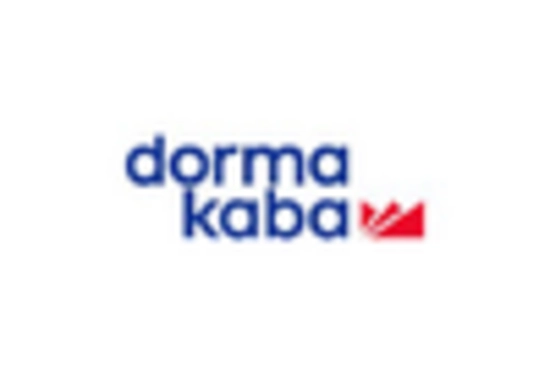
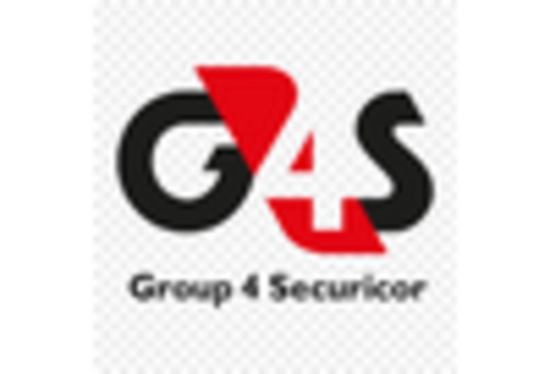



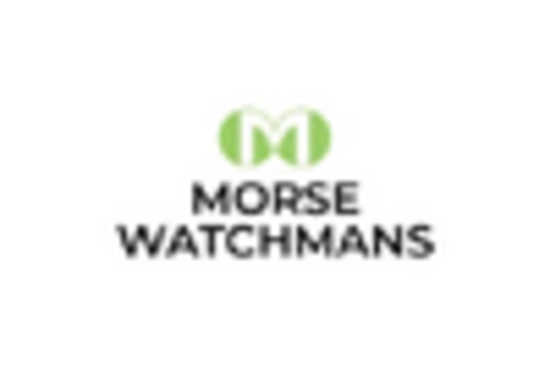









Leave a Comment